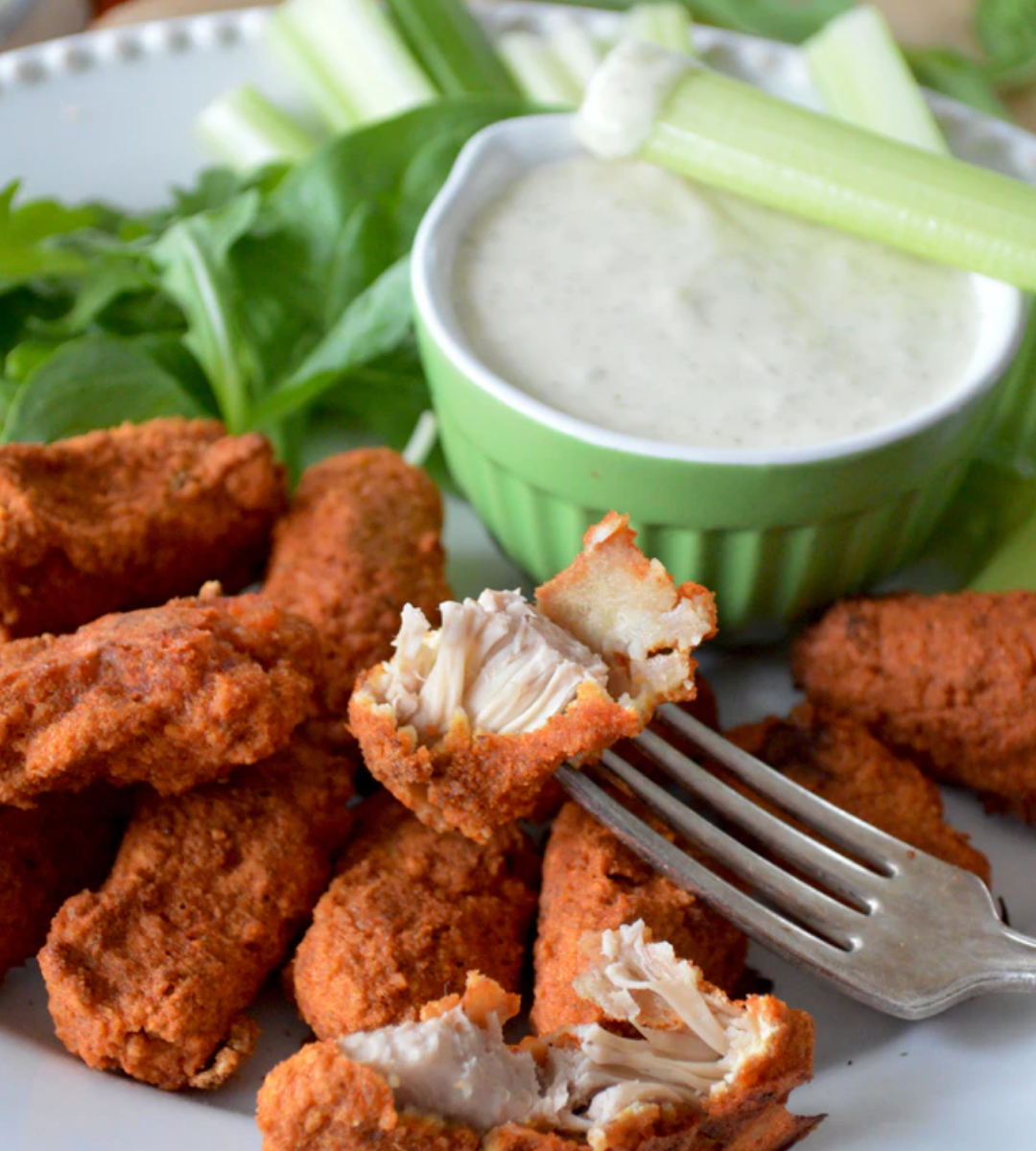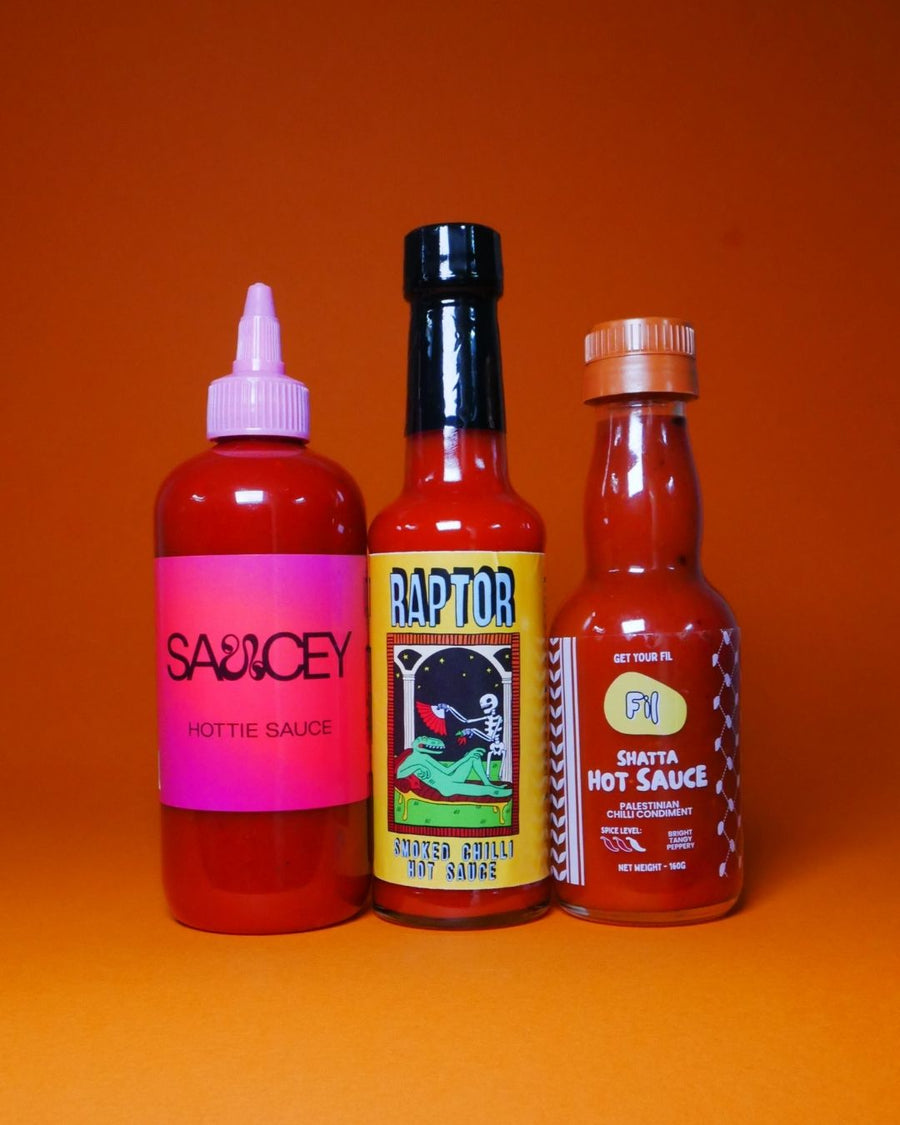How to Make Hot Sauce: A Comprehensive Guide

Making your own hot sauce is like discovering you can bottle liquid sunshine - addictive, rewarding, and surprisingly simple. Whether you're drowning in a pepper harvest or just tired of paying premium prices for tiny bottles of store-bought fire, crafting your own hot sauce puts you in complete control of the heat, flavor, and quality.
Plus, there's something deeply satisfying about creating your own signature blend that'll have friends begging for the recipe (and maybe a spare bottle or two).
The Essential Ingredients: Building Your Heat Foundation
The beauty of hot sauce lies in its simplicity. At its core, you need just three fundamental ingredients:
Fresh Peppers - The star of the show. From mild bell peppers to face-melting Carolina Reapers, your pepper choice dictates everything. Jalapeños and serranos give you approachable heat with bright flavor, while habaneros and ghost peppers venture into serious territory. Mix and match varieties to create your perfect heat-to-flavor ratio.
Vinegar - This isn't just for tang - it's your preservation powerhouse. Apple cider vinegar is the gold standard for flavor, but white vinegar works if you want pure heat without competing flavors. The acidity keeps your sauce shelf-stable and adds that classic hot sauce bite.
Salt - More than seasoning, salt enhances pepper flavors and acts as a natural preservative. Sea salt or kosher salt work best - skip the table salt with its additives.
Optional flavor enhancers: Garlic adds depth and complexity, onions bring sweetness, and fruits like mango or pineapple create tropical heat bombs. Spices like cumin or smoked paprika can transform your sauce into something truly unique.
Method 1: Quick & Simple Hot Sauce (15-20 minutes)
Perfect for beginners or when you need hot sauce fast, this method delivers restaurant-quality results in under an hour.
Step 1: Prep Your Peppers Wash and remove stems from about 8 ounces of peppers. Here's where heat control happens - keep seeds and white membranes for maximum fire, remove them for milder sauce. Always wear gloves when handling hot peppers unless you enjoy the sensation of your hands feeling like they're on fire for the next 24 hours.
Step 2: Cook the Base Combine your prepped peppers, 2-3 garlic cloves, 1 teaspoon of salt, and 1 cup of water in a saucepan. Bring to a boil, then reduce to a simmer. Cook covered for 15-20 minutes until peppers are completely softened. Turn on that exhaust fan - the fumes can be intense.
Step 3: Add the Acid Remove from heat and stir in ½ cup apple cider vinegar. This stops the cooking process and adds that essential tanginess.
Step 4: Blend and Strain Transfer everything to a blender and purée until smooth. For ultra-smooth sauce, strain through a fine-mesh strainer or cheesecloth. Pro tip: Save that pulp - it makes an incredible seasoning blend when dehydrated.
Step 5: Bottle and Age Pour into clean bottles and refrigerate. While it's tempting to dive in immediately, let it sit for at least a week. The flavors need time to marry and develop complexity.
Method 2: Raw Hot Sauce (5 minutes)
When you want maximum heat and fresh pepper flavor, raw hot sauce is your friend. It's faster than fast and preserves all those bright, fruity pepper notes that cooking can mellow.
Simply combine your peppers, garlic, and enough vinegar to cover in a food processor. Blend until smooth, taste, and adjust with salt and a pinch of sugar if needed. The result is intensely flavored sauce that packs more heat per pepper than cooked versions.
The downside? Shorter shelf life - about 2-3 weeks in the fridge compared to months for cooked sauce.
Customising Your Heat Level

Too Hot? Cut your hot peppers with sweet bell peppers, maintaining the same total weight. Add honey or brown sugar to balance the heat. More vinegar also helps dilute intensity.
Not Hot Enough? This is where the fun begins. Add a single superhot pepper like a ghost pepper or Carolina Reaper to your blend - a little goes a very long way. Alternatively, include more seeds and white membranes from your existing peppers.
Heat vs. Flavor: Remember, different peppers bring different flavors. Jalapeños offer grassy heat, habaneros deliver fruity fire, and chipotles add smoky complexity. Experiment with blends to find your perfect balance.
Flavor Variations to Elevate Your Sauce
Tropical Fire: Blend habaneros with mango, pineapple, and lime juice for a Caribbean-inspired sauce that's as flavorful as it is hot.
Smoky Heat: Use chipotle peppers or add a splash of liquid smoke to create barbecue-ready sauce.
Garlic Bomb: Double or triple the garlic for an Italian-inspired sauce that's perfect for pizza and pasta.
Sweet Heat: Add roasted red peppers, honey, and a touch of balsamic vinegar for a sauce that plays well with grilled meats.
Storage and Safety: Making It Last
Properly made hot sauce keeps for months in the refrigerator thanks to its high acid content. The key is maintaining proper pH levels - if you're reducing vinegar significantly, store in the fridge and use within a few weeks.
Your hot sauce might separate over time (totally normal), and it may even begin to ferment slightly, adding another dimension of flavor. Signs it's gone bad include mold, chalky texture, or ammonia smell - though with proper acid levels, this rarely happens.
For gift-giving or longer storage, consider hot water bath canning using tested recipes that ensure proper acidity levels.
Taking It to the Next Level
Ready to graduate from basic hot sauce? Try your hand with our guide on how to make fermented hot sauce - a process that develops complex, tangy flavors through beneficial bacterial fermentation. It takes longer (typically 1-4 weeks), but the depth of flavor is incredible.
Fermented sauces have that distinctive funky complexity you find in our premium craft condiments with a kick, transforming simple peppers into something truly special.
Troubleshooting Common Issues
Sauce too thick? Add water, vinegar, or a combination of both until you reach desired consistency.
Too salty? Dilute with additional vinegar and a touch of water. You can also add a small amount of sugar to balance the salt.
Bland flavor? More salt, garlic, or a splash of lime juice can wake up a flat sauce. Sometimes letting it age another week works wonders.
Colour not what you expected? Red peppers make red sauce, green peppers make green sauce. Mixing colours creates brown - still delicious, just not Instagram-worthy.
The Bottom Line
Making hot sauce is equal parts science and art. The science ensures your sauce is safe and shelf-stable; the art comes from experimenting with flavors, heat levels, and personal preferences. Start with simple recipes and gradually work up to more complex blends as you develop your palate and confidence.
The best part? Even your "failed" experiments are usually still delicious. And once you taste the fresh, vibrant flavors of homemade hot sauce, those tiny expensive bottles at the store will never look the same.
Get ready to become the friend everyone turns to when they need their fix of liquid fire. Your taste buds (and your wallet) will thank you.

